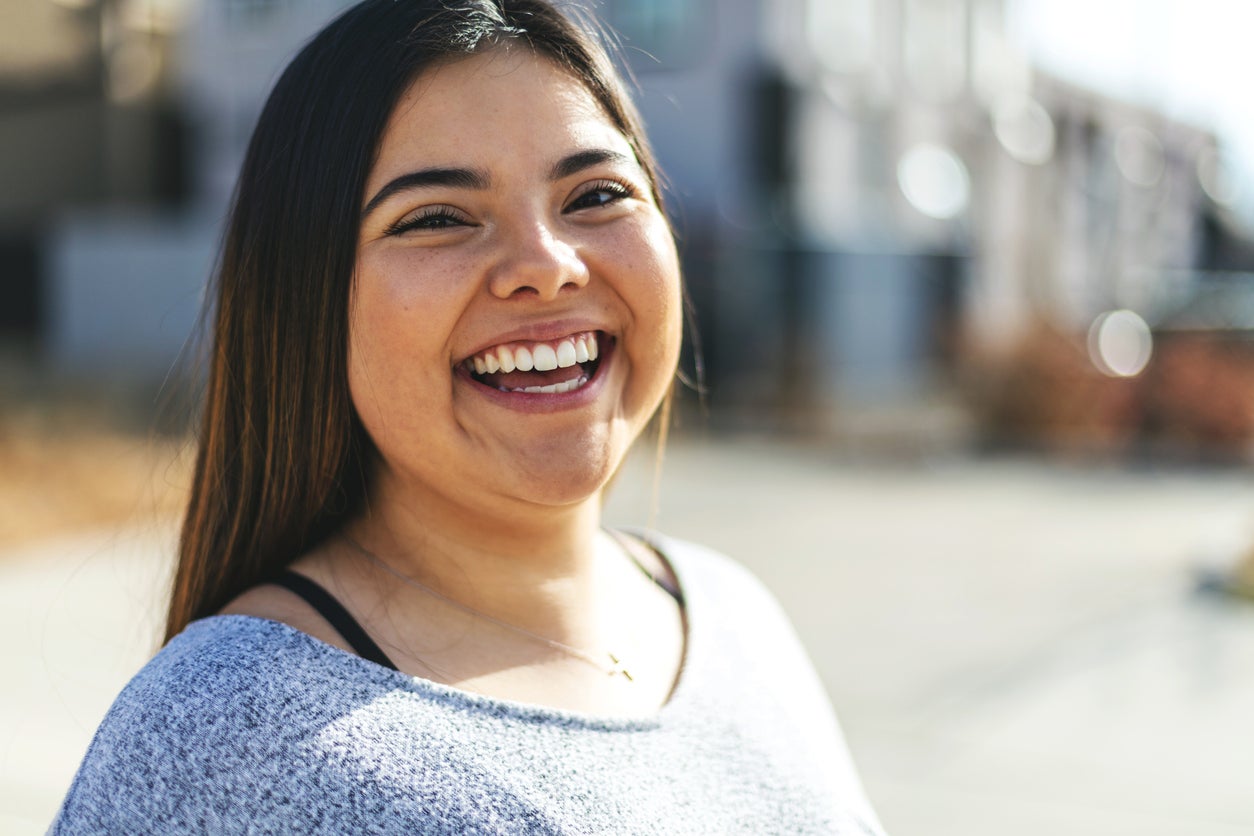On March 8, 1857, thousands of female workers from textile factories took to the streets of New York to protest the precarious and unfair working conditions. This event inspired hundreds of mobilizations that completely turned the vision of women’s rights. Today, more than a hundred years later, in tribute to the bravery of these women, we celebrate “International Women’s Day,” according to the 1975 United Nations declaration.
Nowadays we can see cases of success with women leading international companies and organizations, as well as congresswomen and heads of state in countries such as Denmark, Ethiopia, Germany, or New Zealand. However, there is still much to be done in the pursuit of gender equity. Women continue to face structurally disadvantageous realities in aspects as basic as health, unemployment, poverty, discrimination, and violence, among many others.
In addition to these female-specific challenges, we can add the great challenge of the pandemic caused by the coronavirus (COVID-19). This has wreaked havoc and caused a setback in the lives of all humanity but even more in women’s lives. So, what can we do to promote sustainable development in our cities after this health and humanitarian crisis?
The answer is to invest more and better in making cities more inclusive for women and girls.
We are all under the same storm, but not in the same boat
No one has emerged unscathed from this pandemic. For one reason or another, all of us have been affected by this virus that, in the best of cases, forced us to telework from our comfortable homes. This is a privilege of very few. With the most vulnerable sectors of our society, this pandemic has represented the loss of a job or home, poverty, and in the worst case, the loss of a loved one.
The pandemic is not gender-neutral and the data shows it. In Latin America and the Caribbean, women are experiencing a setback of more than a decade in the progress achieved, especially in the areas of labor participation, elimination of violence, and gender equality. If we add to this the intersectionality factors of indigenous women, Afro-descendants, the elderly, and/or disabled, the lag is even greater; limiting their access to information, health, security, social protection, services, and justice.
Women, the most vulnerable
Violence against women, especially domestic violence, has escalated alarmingly since the start of the pandemic. This is due to the stress caused by lockdowns and social distancing measures, as well as other factors that limit people’s movement in cities. This physical or psychological violence is usually carried out by an abusive partner in the same home, who, by having privacy, obtain greater impunity. It is like being between a rock and a hard place, fearing the abuser at home and the virus outside of it.
In Mexico, for example, the National Network of Refuges for victims of violence reported 75% more complaints and up to 300% more rescues carried out in 2020, compared to 2019 (Razo, 2021). Similarly, in countries like Colombia and Argentina, emergency calls for domestic violence increased by 91% and 25% respectively (World Bank, 2020).
Essential, but poorly paid
In the labor sector, women have been instrumental in weathering this pandemic. In Latin America and the Caribbean, 79% of women predominate in positions considered essential, occupying the first lines of response; nurses, doctors, cleaning personnel in hospitals, as well as those employed in the commerce, education, and tourism sectors. Additionally, caregivers of children, the elderly, and people with disabilities, are assuming even greater physical and emotional burdens (CIM, 2020). But the word “essential” is misleading since being an essential worker does not mean having a competitive salary. Contrarily, these positions are regularly located in the lowest salary stratum and do not offer opportunities for growth.
Likewise, around 60% of women in Latin America work in the informal economy, usually as domestic workers, or street vendors (UN Women, 2020). This means having an unsafe job, lower wages, and no social coverage.
Closing the urban gap for women
The pandemic has amplified and exacerbated the socioeconomic gaps that already existed for women. If we want to recover sustainably from its devastating effects, we must consider women as the mainstay of recovery in our cities. There simply cannot be an effective solution if the vision of gender and diversity is not integrated into the response. To achieve this, these are some of the recommendations:
- Guarantee access to basic and quality public services such as water, gas, and electricity; essential to providing physical and mental health to women.
- Provide safe public spaces so that women and girls feel free to move, as they are the ones who tend to suffer sexual harassment from an early age compared to men.
- Guarantee equal political access between genders in the economic, social, political, and cultural spheres of a city.
- Support the creation of small and medium-sized enterprises by women, especially those who head families.
- Grant subsidies to access and ensure decent housing, regardless of gender, race, or civil status of women, also promoting double homeownership.
- Encourage the participation and capacity building of women, so that they can access the formal market with better-paid jobs.
Women are an essential part of the solution for post-pandemic recovery. If we want to “leave no one behind” as indicated by the UN Sustainable Development Goals, we must grant women the economic and social rights that they deserve. Only then will we have stronger, more inclusive, and sustainable cities.


Leave a Reply